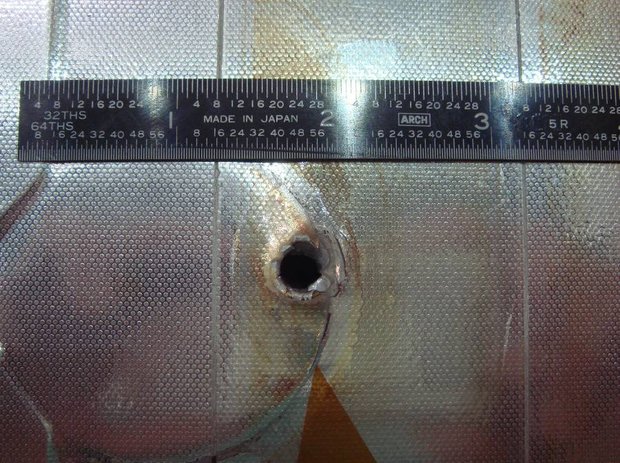Russian Arctic may become home to new astronomical observatories
Moscow Institute of Physics and Technology is considering to build an observation base in Nenets Autonomous Okrug. The Russian Arctic, which is becoming more accessible thanks to global warming, can be convenient for astroclimate studies, space object observations and even greenhouse gas monitoring.
Scientists are looking to the Russian Arctic as a potential location for new astronomical observatories, says Motherboard, adding that the region's long, dark nights and high-latitude coordinates can be a good place to monitor space debris in polar orbits. The Arctic is becoming more and more accessible to scientific and commercial development thanks to global warming.
''Climate change and increasing accessibility increase general interest to the region by major world players,'' says Aleksandr Rodin, head of the Applied Infrared Spectroscopy Laboratory at Moscow Institute of Physics and Technology (MIPT). The researcher will head an expedition aimed to build and test experimental telescopes in Nenets Autonomous Okrug to lay the groundwork for potential Arctic observatories. Temporary instruments for the pilot project will be set up in the coastal town of Amderma by late November, so Rodin and his colleagues hope to take measurements in December. The team intends to launch a more permanent operational network of observatories by 2020.
Assessing the region's usefulness for monitoring space debris is one of the biggest priorities for the expedition, but the researchers have a list of alternative tasks. According to Rodin, they plan a wide range of experiments, including astroclimate studies, space object observations and even greenhouse gas monitoring. As the region has not been seriously considered as a potential area of astronomical observations, there is a need for comprehensive preliminary studies.

An increasing volume of space junk is a matter of concern for scientists all over the world, as decades of spaceflight missions have left an estimated 170 million pieces of space debris in orbit around Earth. These objects are potentially dangerous to operational spaceships: the tiny pieces erode spacecraft exteriors, while larger debris may cause catastrophic collisions.
Scientists are actively collaborating on the problem, but they focus mostly on busy geostationary orbits above Earth's equatorial regions paying less attention to the debris building up in polar orbits. Rodin considers that these trajectories need to be more actively monitored due to forthcoming satellite constellation missions, such as Russia's Sphere project. ''We need to be prepared to introduce an international 'road traffic law' for Earth-orbiting satellites, including those on the high-inclination orbits, and to control their observation by all participants.''